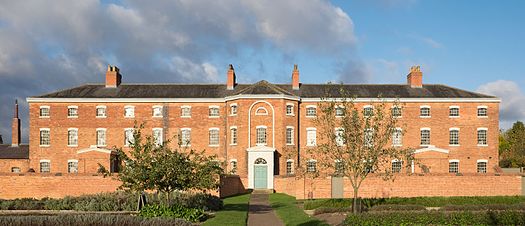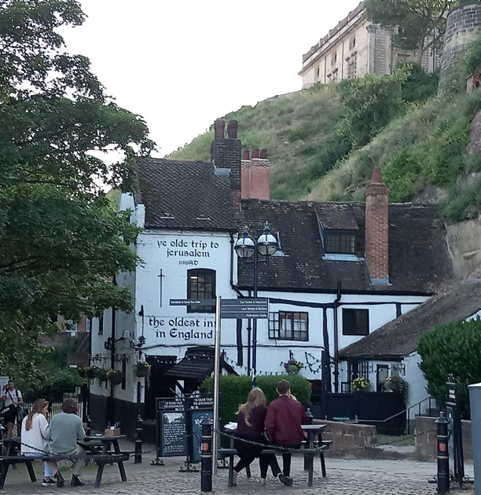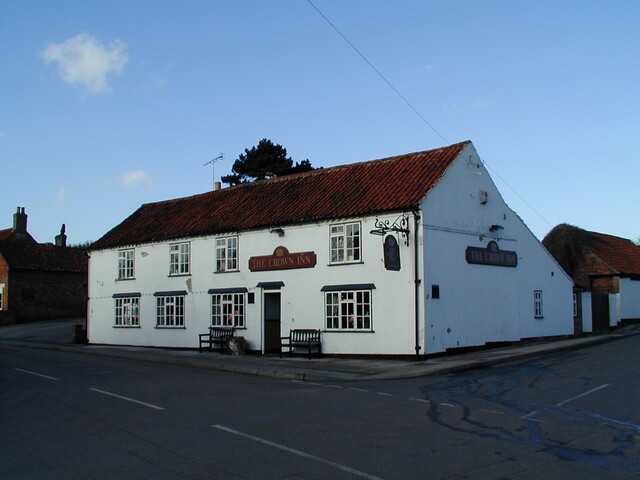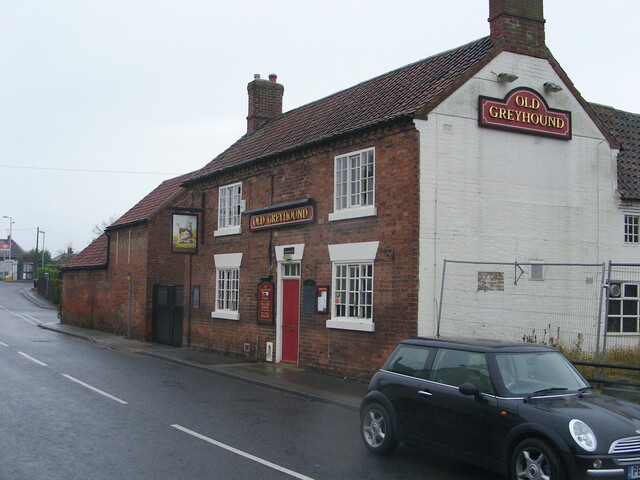Ebeneezer Scrooge and Southwell’s Ghosts of Hardship
- Posted in:
- Heritage
With Christmas approaching and the cost-of-living crisis continuing to bite, charities are appealing for donations to help those in need this Christmas and beyond. Thankfully, attitudes towards those in need have come a long way since Dickens introduced us to Ebenezer Scrooge.
Built in 1824, the Workhouse at Southwell stands as an exceptionally well-preserved window into Victorian attitudes towards the poor.

Above: The Workhouse, Southwell. By DeFacto - Own work, CC BY-SA 4.0, Wikipedia.
The English Poor Law of 1834 led to the establishment of around 1800 workhouses throughout England and Wales. Built to eliminate pauperism, they effectively became prisons for the most vulnerable in society. Victorian attitudes were harsh: unsympathetic, and morally judgmental. Conditions in the workhouses were intentionally austere and unpleasant to deter all but the truly destitute. Upon entry, families were split up into male and female wings, and children separated from their parents. They lived and worked segregated lives, with no contact. Workhouse inmates slept in communal dormitories on narrow beds, with very basic bedding. They wore institutional uniforms and were put to work on gruelling physical tasks like breaking rocks, picking oakum fibres from old ropes, laundry work or corn grinding. The food provided was of very poor nutritional quality and meagre portions.
Whilst life for the 160 inmates at Southwell was undoubtedly bleak and unpleasant, there is evidence that gradual improvements were made as attitudes changed and new poor laws were passed. One major advance was the distinction made between the non-disabled ‘undeserving’ poor (the idle) and the infirm and elderly ‘deserving’ (blameless) poor, who were to be housed in an infirmary and cared for by nurses. The number of school places was expanded, and inmates began to work in the community with a view to a future beyond the walls. Decorative elements such as flower beds were introduced to create a more humane environment.
In 1929, new legislation transferred control of the workhouses to local authorities, who were required to run them as hospitals for the elderly and infirm who were unable to leave. The name was changed to Greet House, and people with social needs continued to be provided for here, until the late 1970s.
The site was purchased by the National Trust in 1997, and after years of restoration, was opened to the public in 2002. Today, the building is brought to life through the stories and objects of those who once lived here. The workhouse building has been designated as a Grade II* listed building as the most complete example of a workhouse in Britain and for its historical and social significance, representing the poor, who are largely missing from history, and the impact of poverty across the generations.




